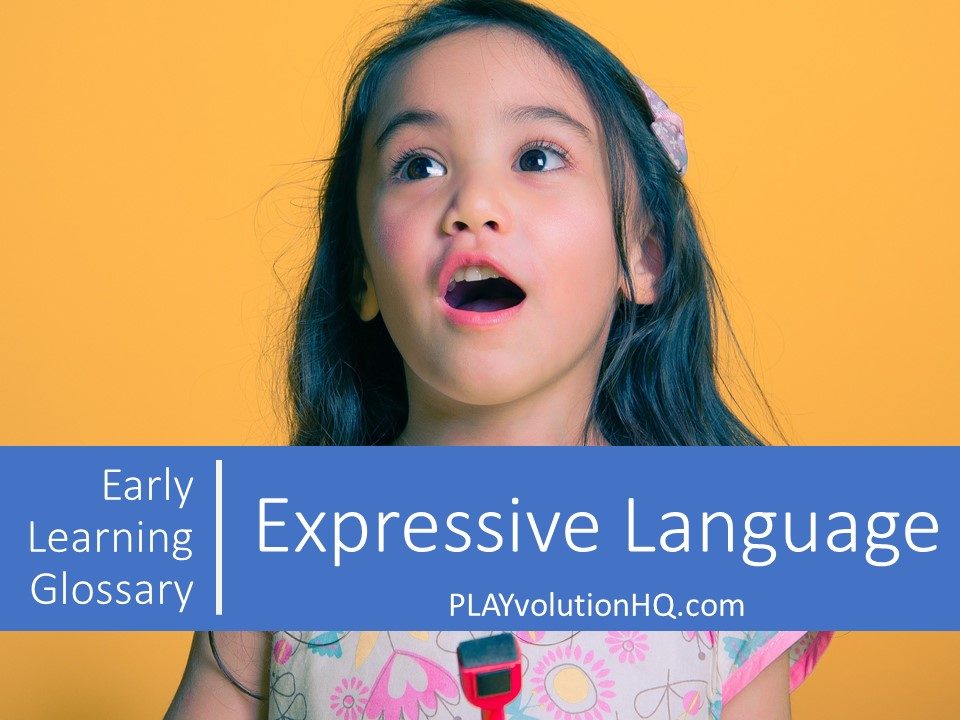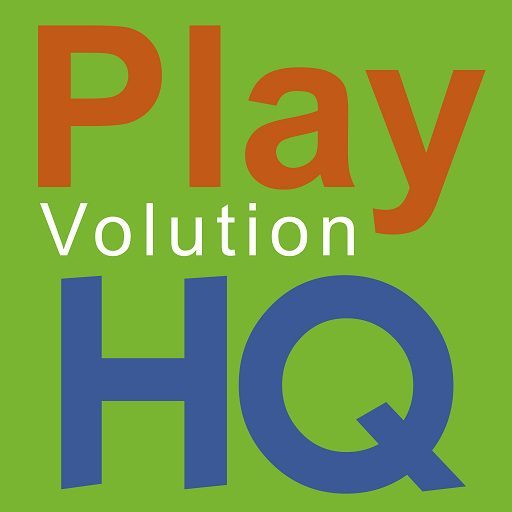
Table of Contents
What Is Expressive Language?
Expressive language refers to the ability to convey thoughts, feelings, ideas, or intentions through communication, typically using words, sentences, and other linguistic structures. It encompasses both spoken and written forms of language and involves skills such as vocabulary use, grammar, sentence formation, and the ability to organize thoughts coherently. Expressive language is a key component of human communication and is often contrasted with “receptive language,” which is the ability to understand incoming communication.
For example, when someone explains a concept, tells a story, or expresses an emotion like “I’m so excited about this trip!” they use expressive language. It’s not just about the words themselves but how they’re combined to share meaning with others. In developmental or clinical contexts (like speech therapy), expressive language might also be evaluated for fluency, clarity, and appropriateness to assess communication abilities. Does that clarify it for you?
Expressive Language Skills
Here’s a list of key expressive language skills:
Vocabulary & Word Use
- Using various words (nouns, verbs, adjectives, etc.)
- Understanding and using synonyms, antonyms, and categories
- Naming objects, actions, and people
- Using appropriate words for different social situations
Sentence Structure & Grammar
- Forming grammatically correct sentences
- Using correct verb tenses (past, present, future)
- Combining words into phrases and sentences
- Using pronouns correctly (he, she, they, etc.)
- Using conjunctions to connect ideas (and, but, because)
Storytelling & Narrative Skills
- Telling a story with a clear beginning, middle, and end
- Sequencing events in the correct order
- Using descriptive language to add details
- Explaining past experiences or future plans
Asking & Answering Questions
- Answering yes/no and wh-questions (who, what, where, when, why, how)
- Asking questions to gather information
- Clarifying when something is not understood
Conversational Skills
- Initiating and maintaining conversations
- Taking turns in conversations
- Staying on topic and using appropriate responses
- Adjusting language based on the listener (formal vs. informal speech)
Nonverbal & Social Communication
- Using gestures, facial expressions, and body language to enhance speech
- Understanding and using tone of voice appropriately
- Recognizing and responding to social cues
Common Components
There are 5 components to expressive language:
- Phonology refers to the phonological system of a given language–think of it as the rules for combining sounds in words (or gestures, in the case of sign languages).
- Word Formation (Morphology) refers to the rules for creating words and word forms. It focuses on the structure and parts of words (stems, root words, prefixes, and suffixes) and parts of speech, intonation, and context.
- Sentence Formation (Syntax) refers to grammar and sentence structure rules. It governs the structure of sentences.
- Vocabulary (Semantics) refers to knowledge of words and word meanings. Vocabulary is the supply of words you have for expressing yourself and making your ideas understood. A diverse vocabulary tends to help children learn new information.
- Pragmatics refers to the social and functional use of language and how context and tone contribute to meaning.
Contribute content to Playvolution HQ
Brought to you by Explorations Early Learning
Thoughts On This Entry?
I’d love to hear your thoughts on improving this entry and suggestions for additional glossary additions in the comments below. You can also contact me with comments or concerns.
Browse Trainings
Author
Jeff Johnson is an early learning trainer, podcaster, and author who founded Explorations Early Learning, Playvolution HQ, and Play Haven.
In-Person And Online Training
Learn how to book an in-person or online training for your organization on these early learning topics.
Support The Site
I participate in the Amazon Services LLC Associates Program, an affiliate advertising program designed to provide a means for me to earn fees
by linking to Amazon.com and affiliate sites.
Thanks To Our Patrons
This post was made possible by patrons like these, who generously fund our work:
Supporters
Lissadell Greene Stephanie Goloway Jennifer Stark
Lagina Kozak Michelle Hankins
Marie Messinger Tamara L. Lakin
Fans
Jen Flemming Lizz Nolasco Cynthia J Bays
Susan Warner Kelly Sigalove Shawn Wolf
Vittoria Jimerson Codee Gilbert Wendy Tedford
Monica Morrell Pam Soloman Melissa Franklin
Teresa Watson Erika Felt Autumn Peele
Melissa Taylor Jahmeela Robinson Stacie Manning
Amber Maurina Terra Calamari Anne Jackson
Lagina Kozak Samantha Yeager-Cheevers
Elizebeth McCoy Sammy Cousens Ellen Cogan

